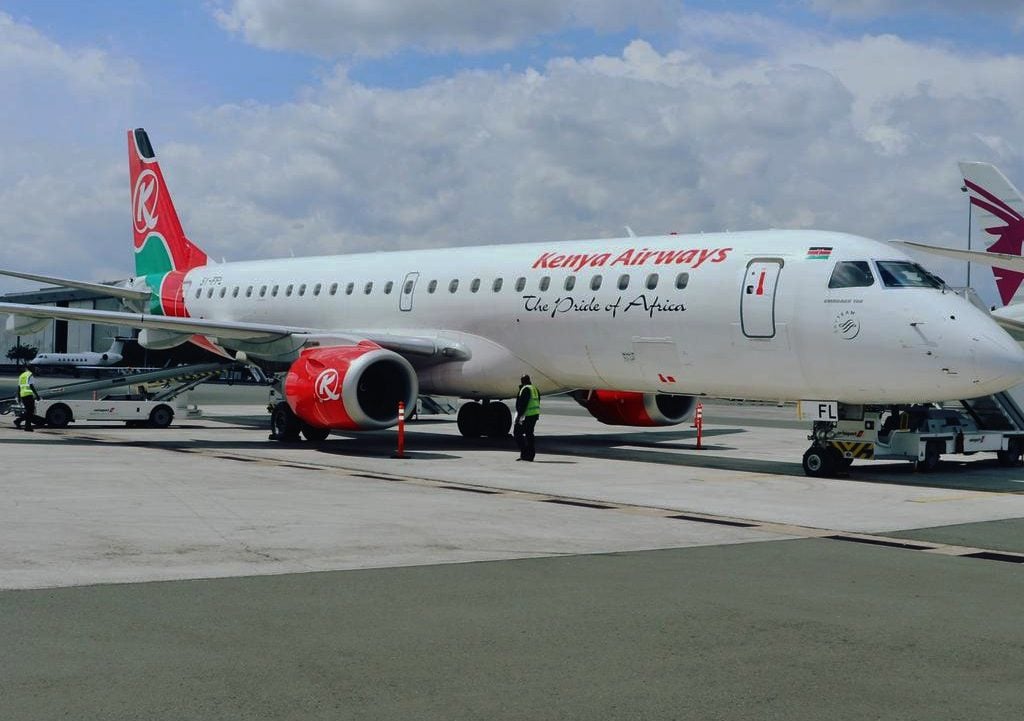
E3a8Kl0XoAITtpn
Kenya Airways saved $45 million after it changed aircraft lease terms, opting for hourly rates in place of fixed costs. Kenya Airways Chief Executive Allan Kilavuka said the airline reached a deal with lessors in 2021 to only pay when they fly leased aircraft.
Paying for idle planes
The deal saved the airline millions switching from paying for idle aircraft during the year affected by the Covid-19 pandemic to only making payments when leased planes were flying. The carrier has a fleet of 36 aircraft of which it owns 19 while it has leased 17 from the lessors that including Nordic Aviation Capital and GECAS. Embraer forms the bulk of its leased fleet with 15 aircraft.
“The big one in 2021 was negotiation with our lessors and got concessions reduced on our lease rentals from fixed to what we call pay by the hour. So you pay by the hour which is where you pay as you fly. That was big, saved us almost 45 million dollars for 2021,” Kilavuka said.
KQ, as the airline is known by its international code, has been trying to cut costs to remain afloat amid the challenges of the Covid-19 pandemic and legacy problems. It has also cut $3.1 million after terminating a leasing agreement of the two Boeing 737-700 from the lessors.
Cost-cutting measures
The carrier is planning to cut its aircraft fleet to 30 from the current 36, a cost-cutting measure that is likely to see a reduction in the number of employees. A source privy to the Steer Group recommendations and who attended an induction meeting between a new consultant and KQ top management told AirInsight under strict condition of anonymity that the national carrier is considering cutting its Boeing 787s to five and reducing Embraer 190s from 15 to 10. According to our source, the consultancy firm, Steer Group concluded its turnaround plan for the airline late last year. It is, however, expected to maintain the number of 737s at 15.
Talks of a fleet cut perhaps signal a reorganization plan at the carrier, which was presented to the International Monetary Fund ahead of the Sh26.6 billion capital injection by the National Treasury in the supplementary budget for the current financial year.
More bailout
The carrier said it has also resorted to delays in paying creditors and suppliers even as it eyes additional resources from a multibillion government bailout currently in parliament. “We did a lot of cash containment measures, for example, deferment of some of the payments, it is not the best thing but we didn’t have a lot of money so we negotiated for deferment of payments,” Kilavuka said.
Cut in frequencies due to low demand
The airline has cut on its frequencies temporarily due to low demand. However, it failed to reach a deal for its pilots to be paid per trip as it seeks a lower wage bill. Pilots account for 10 percent of the airline’s total workforce but take home the equivalent of 45 percent of the overall payroll, based on the carrier’s wage bill for the year to December. The airline also resorted to a hiring freeze, and unpaid leaves to stabilize its operating costs.
Views: 4



